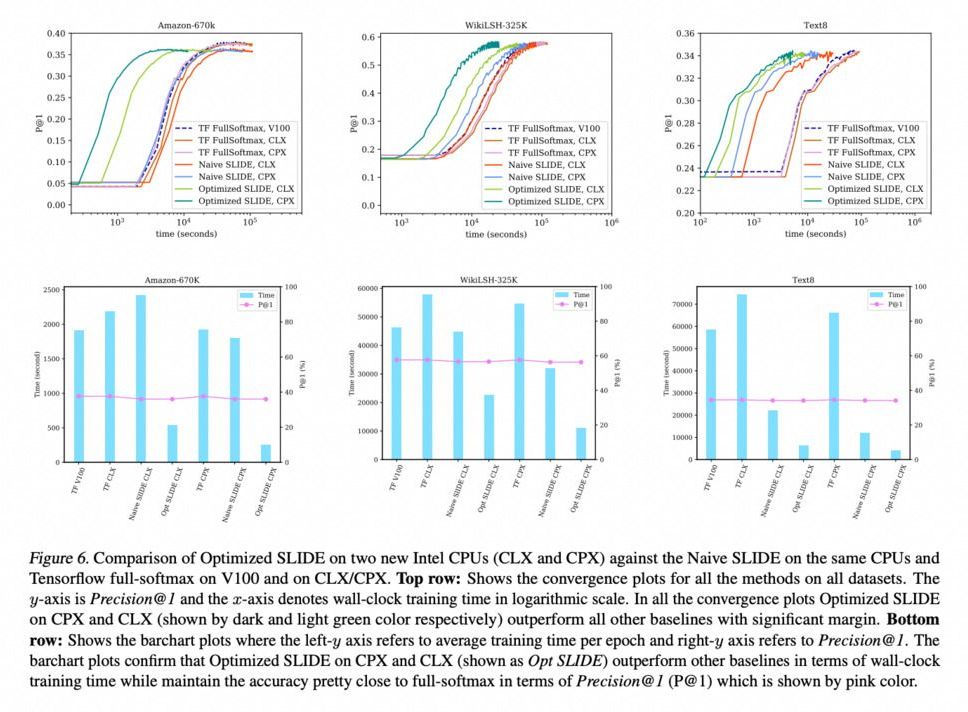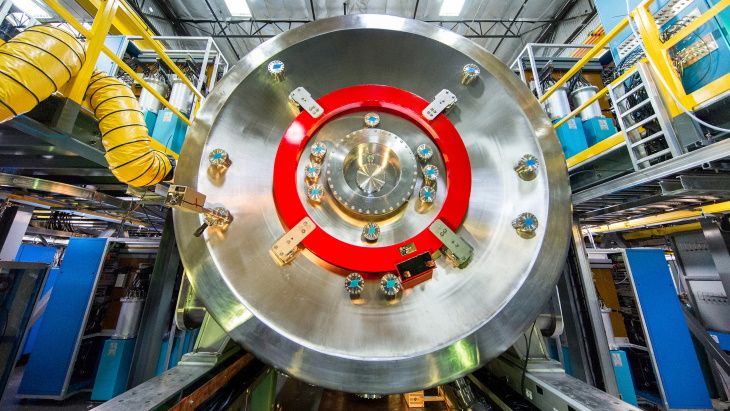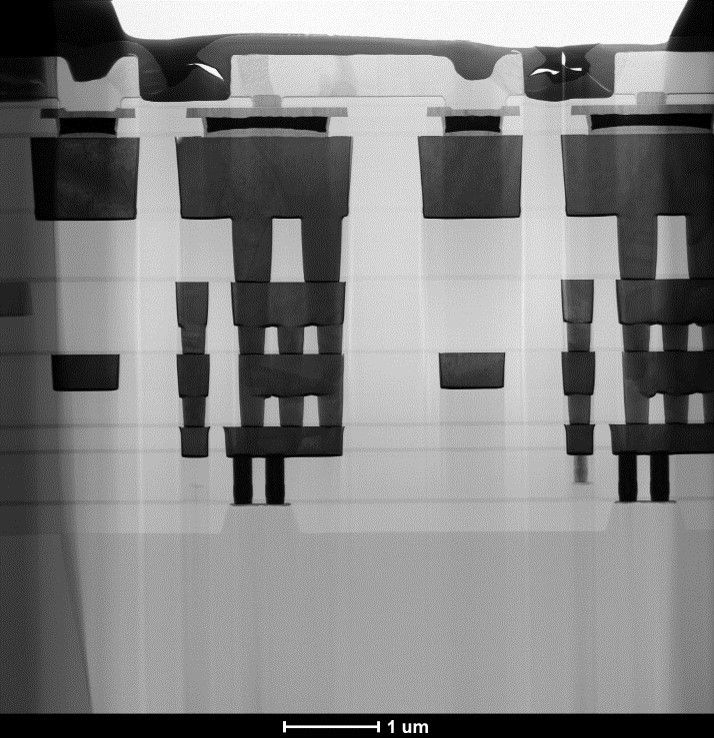Apr 13, 2021
The observation of Kardar-Parisi-Zhang hydrodynamics in a quantum material
Posted by Saúl Morales Rodriguéz in categories: information science, mathematics, particle physics, quantum physics
Classical hydrodynamics laws can be very useful for describing the behavior of systems composed of many particles (i.e., many-body systems) after they reach a local state of equilibrium. These laws are expressed by so-called hydrodynamical equations, a set of mathematical equations that describe the movement of water or other fluids.
Researchers at Oak Ridge National Laboratory and University of California, Berkeley (UC Berkeley) have recently carried out a study exploring the hydrodynamics of a quantum Heisenberg spin-1/2 chain. Their paper, published in Nature Physics, shows that the spin dynamics of a 1D Heisenberg antiferromagnet (i.e., KCuF3) could be effectively described by a dynamical exponent aligned with the so-called Kardar-Parisi-Zhang universality class.
“Joel Moore and I have known each other for many years and we both have an interest in quantum magnets as a place where we can explore and test new ideas in physics; my interests are experimental and Joel’s are theoretical,” Alan Tennant, one of the researchers who carried out the study, told Phys.org. “For a long time, we have both been interested in temperature in quantum systems, an area where a number of really new insights have come along recently, but we had not worked together on any projects.”

















